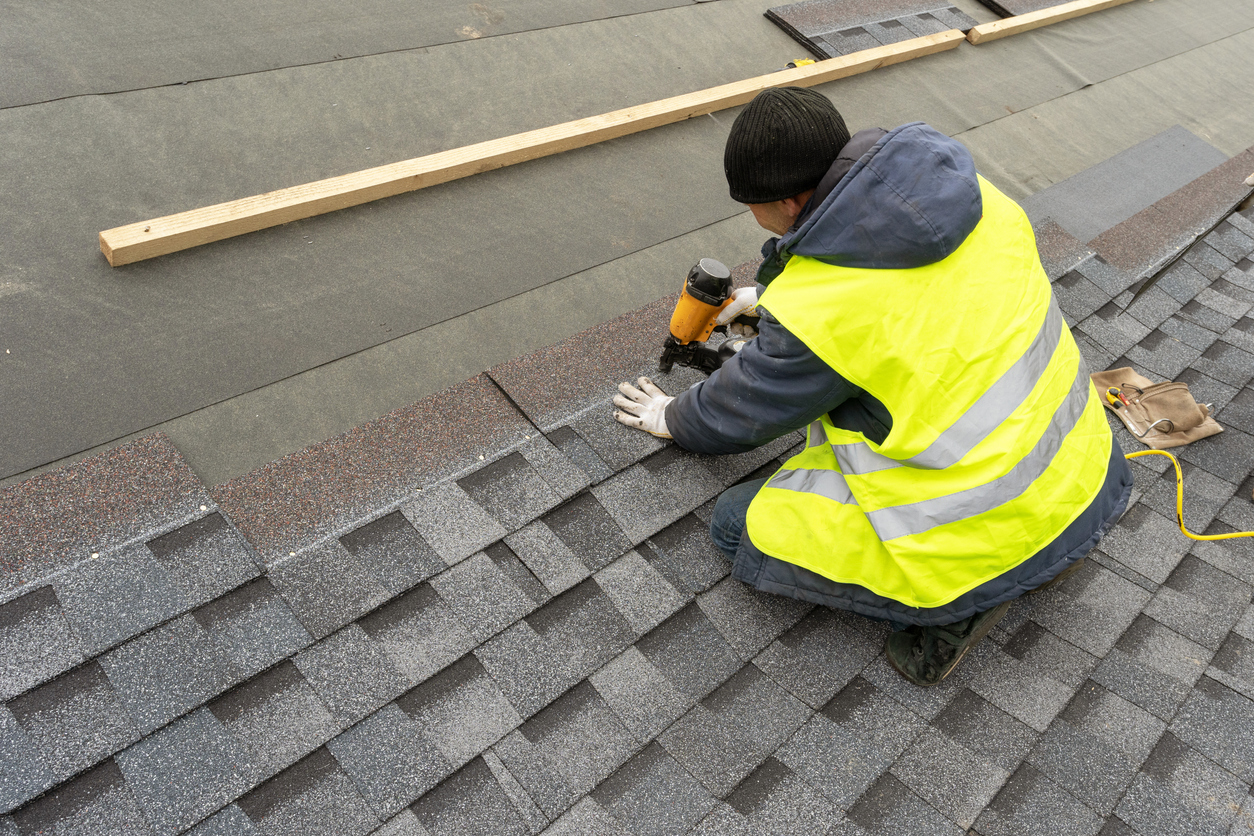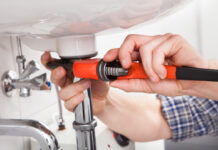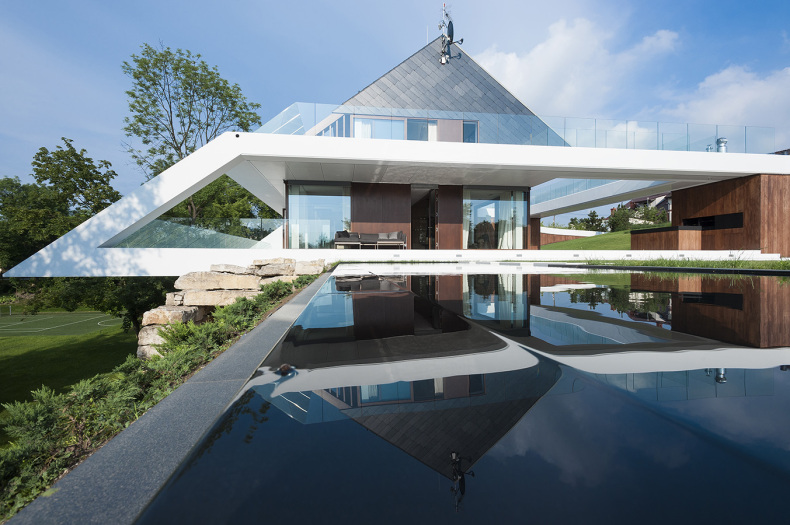What are Cedar Shingles?
Cedar shingles are a popular roofing choice for their natural beauty and durability. But what should you put under cedar shingles to protect your roof deck?
Cedar shingles were first used to cover barns but quickly became popular for residential roofs. They are made of red cedar, cut into wide planks with their ends featuring pyramid-like points, so it looks more like a shingle than an actual plank.
Cedar is naturally resistant to rot and insects, so that’s why cedar shingles are a great choice for roofs. They look good and will last a long time, even in harsh weather conditions. Cedar shingles are very heavy, so it isn’t easy if you have to replace or install them yourself. The weight of cedar is part of why it’s not necessary to put anything under cedar shingles. The weight keeps the bottom edges pressed against the roof deck, which helps prevent water infiltration.
The Benefits of Cedar Shingles
Several shingle designs are available, so you should match the style to your house. There are flat styles, three-tab styles, diamond cut styles, etc., so ask yourself if you want a simple look or something more ornate.
A roofing contractor should help you choose the best style and design for your house. Cedar shingles are a beautiful roofing material, but they need to be installed properly to protect your home.
Cedar shingles are a great option if you’re looking for durable and beautiful roofing material. Cedar shingles are made from red cedar, naturally resistant to rot and insects. They also look great and can last for many years, even in harsh weather.
However, cedar shingles are very heavy, so they can be difficult to install or replace on your own. If you’re thinking about installing cedar shingles on your roof, it’s important to make sure that your roof deck is in good condition and has a good water barrier. You may also need to install a waterproof membrane before putting on the shingles.
What Goes Under Cedar Shingles?
Roofing contractors are professionals who specialize in roofing installation, repair, and replacement. If you’re thinking about getting cedar shingles for your roof, it’s important to find a qualified contractor to help you with the installation.
A roofing contractor will tell you what kind of roof deck you have and what type of roofing nails are best to use with cedar shingles. They will also be able to tell you if you need anything under the shingles, such as roofing felt or ice and water shield.
If you’re installing cedar shingles yourself, it’s important to do your research and carefully follow the manufacturer’s instructions. You’ll also need basic tools, including a level, tape measure, hammer, and roofing nails.
Cedar shingles can last for many years with proper maintenance, but eventually, they will need to be replaced. When that time comes, it’s best to hire a roofing contractor to do the job. They will have the experience and knowledge to do the work.
Many people think that you need to put a waterproof membrane under cedar shingles, but this is not always the case. If your roof deck is in good condition, you may not need to put anything under the shingles.
If your roof deck is old, damaged, or doesn’t have a good water barrier, you should install a waterproof membrane before putting on the cedar shingles. This will help keep moisture from seeping through the deck and damaging the roof sheathing.
A good choice for a waterproof membrane is tar paper. It’s cheap and will protect the roof structure. Tar paper will need to be overlapped with asphalt shingles or thick materials like an ice shield.
Cedar shingles are a great roof covering, but they’re heavy. It would help if you always got at least two people to help with installation or replacement.
Even if your roof deck is in good condition, it’s possible that the flashing around vents and chimneys may have some damage. Before choosing a shingle design, always check this area since you will have to work around it.



















